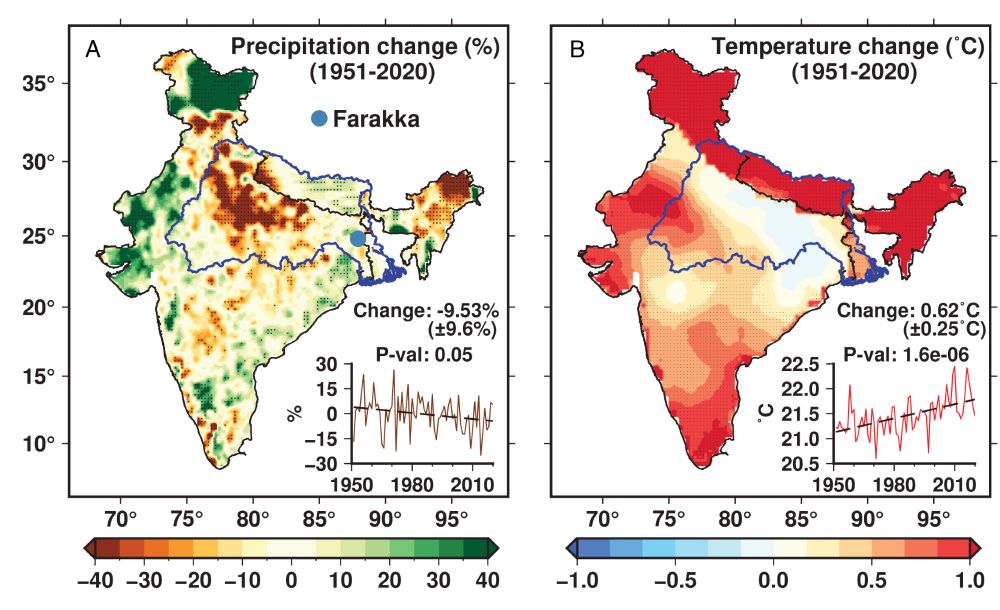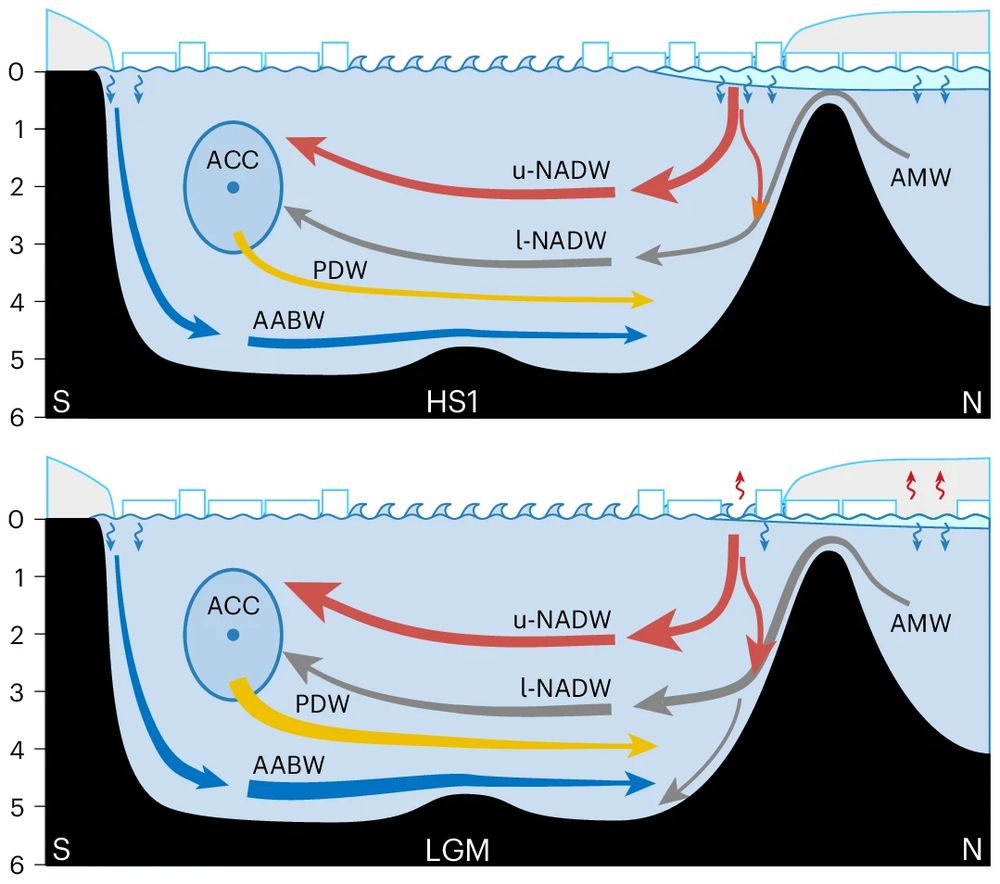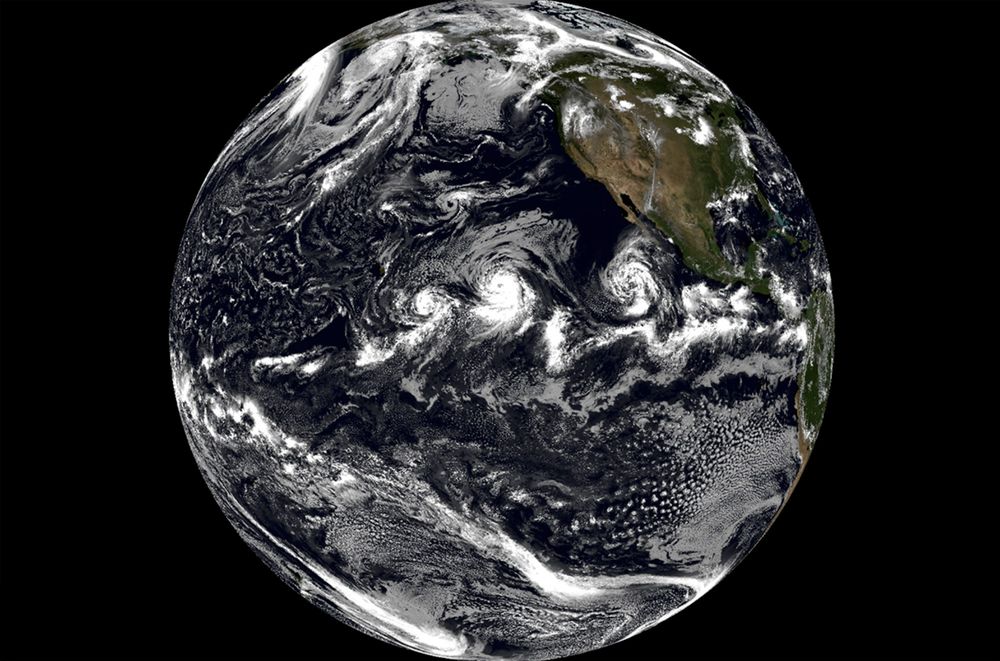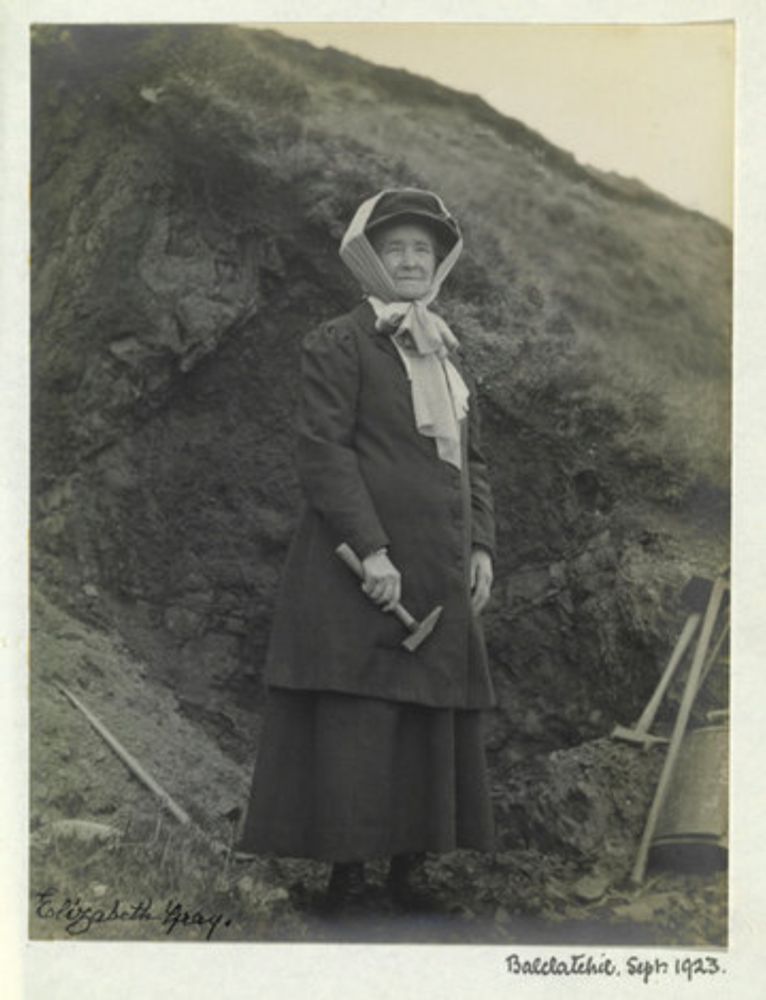Yuxin Zhou
@yzhouclimate.bsky.social
240 followers
240 following
26 posts
Postdoc at Georgia Tech/WHOI. Paleoceanography. Geochemistry. U-series. Bayesian cyclostratigraphy. Ocean modeling. Pronouns: he/his Website: https://yz3062.github.io/
Posts
Media
Videos
Starter Packs
Reposted by Yuxin Zhou
Yuxin Zhou
@yzhouclimate.bsky.social
· Aug 28
Yuxin Zhou
@yzhouclimate.bsky.social
· Aug 27
Reposted by Yuxin Zhou
Alexis Licht
@alexislicht.bsky.social
· Aug 25
Yuxin Zhou
@yzhouclimate.bsky.social
· Aug 14
Yuxin Zhou
@yzhouclimate.bsky.social
· Aug 14

Abrupt weakening of deep Atlantic circulation at the last glacial inception - Nature Communications
Zhou et al. report an abrupt weakening of the Atlantic Meridional Overturning Circulation at the last glacial inception. The observed circulation slowdown could explain the delayed timing of the atmos...
www.nature.com
Yuxin Zhou
@yzhouclimate.bsky.social
· Jul 30
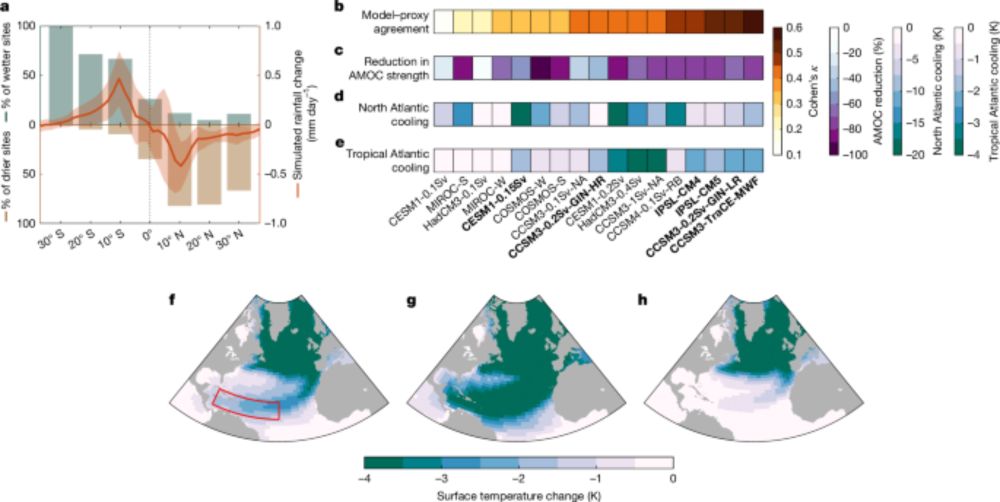
Tropical response to ocean circulation slowdown raises future drought risk - Nature
An Atlantic meridional overturning circulation slowdown drives widespread shifts in tropical rainfall through the propagation of high-latitude cooling into the tropical North Atlantic.
www.nature.com
Reposted by Yuxin Zhou
Jiawei Da
@paleoisocw.bsky.social
· Jul 19
Yuxin Zhou
@yzhouclimate.bsky.social
· Jun 4
Reposted by Yuxin Zhou
Reposted by Yuxin Zhou
Jesse Farmer
@jfarmersalmanac.bsky.social
· Apr 18

Early Pliocene Shoaling of the Central American Seaway Reconstructed From Foraminifera‐Bound Nitrogen and Oxygen Isotopes
Foraminifera-bound nitrogen isotopes trace the early Pliocene restriction of nutrient exchange across the Central American Seaway Geochemical data indicate four phases of seaway shoaling between ...
agupubs.onlinelibrary.wiley.com
Reposted by Yuxin Zhou
Yuxin Zhou
@yzhouclimate.bsky.social
· Mar 6
Yuxin Zhou
@yzhouclimate.bsky.social
· Mar 6
Reposted by Yuxin Zhou
Howard Lee
@hlee.bsky.social
· Feb 28

Distinct roles for precession, obliquity, and eccentricity in Pleistocene 100-kyr glacial cycles
Identifying the specific roles of precession, obliquity, and eccentricity in glacial-interglacial transitions is hindered by imprecise age control. We circumvent this problem by focusing on the morpho...
www.science.org
Reposted by Yuxin Zhou
Reposted by Yuxin Zhou


